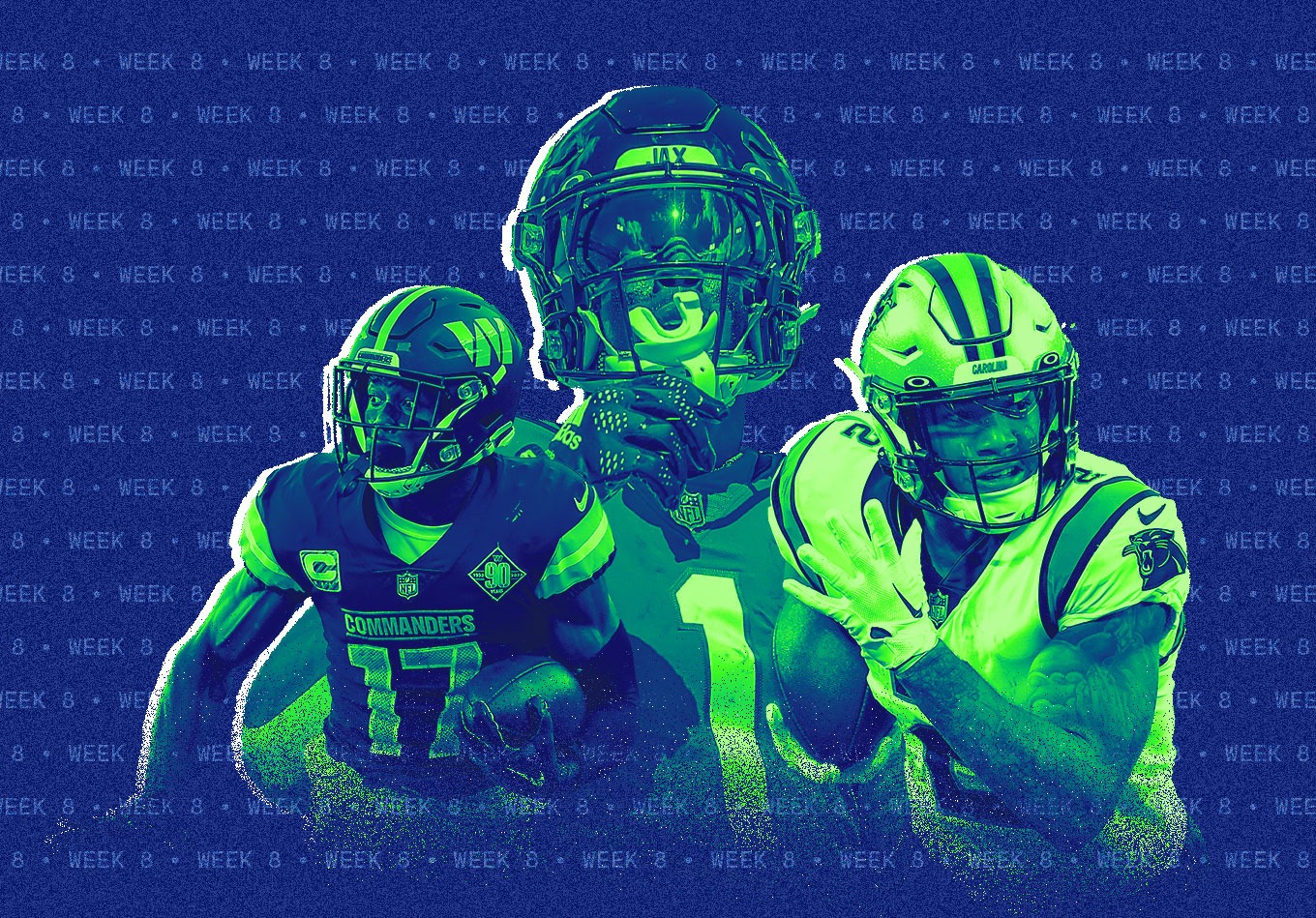A good model is constantly learning.
But something in our fantasy football projection model that is producing brilliant rankings for running backs isn’t working quite as well for wide receivers. So, we have made a couple tweaks to expand our data and see if we can’t bring our wide receiver rankings up to the highest standard that we hold ourselves.
What we’ve done is introduced an internal baseline, called a “read baseline”, which measures how often an eligible receiver is “read” by the quarterback. Essentially, when a player is running a route, is the quarterback paying them any attention?
This serves multiple purposes, but the most useful is that it eliminates our reliance on target share as one of the major weights in producing our wide receiver rankings each week. The thing about targets is that just because players were recipients of targets doesn’t mean they were supposed to have been. In fact, there are tons of plays throughout every game in which a receiver who wasn’t part of the primary play design ultimately receives the target.
Let’s look at an example. There was a week in 2023 when Mark Andrews didn’t have a catch and only had two targets. But he was on the field for 19 passing snaps, and of those 19, he was “read” by Lamar Jackson 12 times – a 63% clip. Meaning that while he saw very little involvement in terms of targets and receptions, he was still a critical piece of the Ravens offense.
There are, on average, just under two reads per play. Most plays have two reads, but screens and hot routes have only one and longer developing concepts can have three or sometimes even four. Therefore, when compared with just using targets, we are doubling our sample size.
But more than that, NOT being read is also important, as it means you are a checkdown option (usually running backs). So against teams with excellent defenses, targets for read receivers would go down and checkdown receivers would go up because those excellent defenses are more likely to force the quarterback to throw the ball somewhere unplanned.
So to summarize, we’re now recording whether a QB looks at an eligible receiver and that is producing a “read baseline” that is replacing our previously used target baseline because this level of data allows us to know how often a player is potentially being given the chance to make a play.
We were previously declaring an opportunity as a target, but now we’re hopping one step above that to say that a target comes from being a “read” by the QB. This is crucial, because there’s an almost exact ratio of one target for every two reads.
Data modeling by Kyle Cunningham-Rhoads. Don’t forget to check out our NFL Data Day video and podcast.
